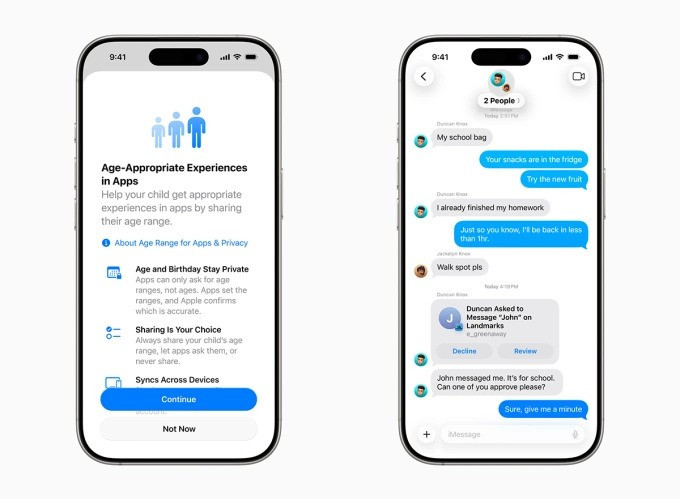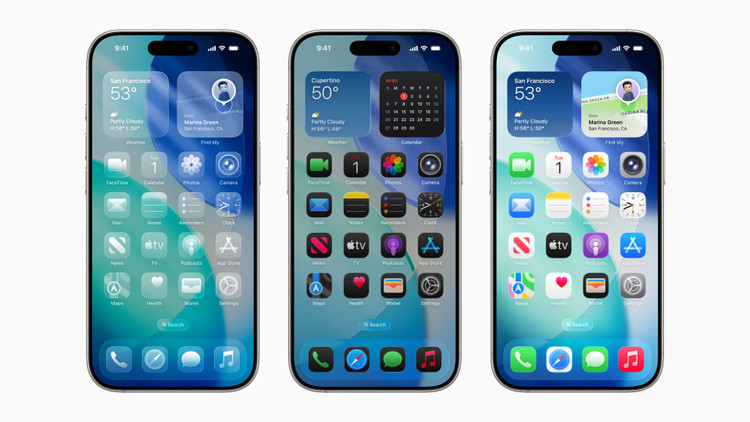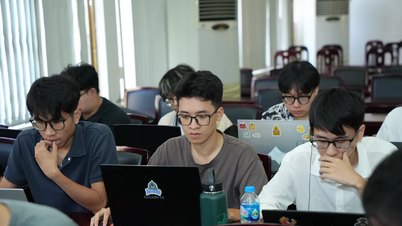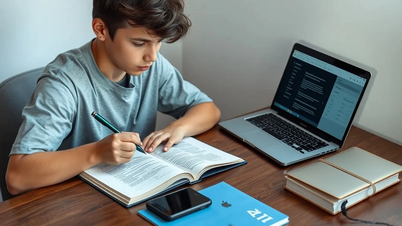Apple has long offered tools to help parents control their children's devices, but these were limited to those under 13. With iOS 26, the US tech company decided to expand the scope of monitoring to 17 years old, clearly reflecting the growing concern about digital safety for teenagers.

According to the report, from iOS 18 and earlier, the system required accounts of children under 13 to be set up as “children” when setting up a new iPhone. However, accounts aged 13 and older – although still minors – were treated as standard users, without separate restrictions. This made the gap in control of teenagers a concern for many parents.
In the new iOS 26 version, Apple completely changed its approach. Now, children aged 13 to 17, even if they use a regular Apple ID, will still have to follow the restrictions set by their parents. Content, applications, and interactive behavior are all reclassified by the system according to age, and are closely linked to the Screen Time toolkit and the "Ask to Buy" function.

Specifically, one of the highly appreciated points is the ability to control contacts. When children try to send messages to a phone number that is not in the previous contact list, the system will send a request waiting for confirmation from the parent. Only when the adult agrees, the conversation will be carried out. Apple also opens the right for third-party developers to integrate this feature through the PermissionKit toolkit, creating a tight control network across many applications, not just limited to the Apple ecosystem.
On the content side, iOS 26 adds a new set of app categories to the App Store with specific age ranges: 4+, 9+, 13+, 16+, and 18+. When a child’s account is in the under 16 age group, all apps labeled as overage will be hidden from the home page, the suggested tab, and even from search results. This is a systemic change that makes it harder for children to access inappropriate content, even when actively searching.
Notably, children or teenagers also cannot arbitrarily adjust the age of the application displayed on the device. Any changes related to access rights must go through the management account, usually a parent or guardian. The system will also send an instant warning if the device tries to bypass these limits by changing settings or entering the wrong password.
Apple said that in addition to setting clear age limits, it is testing a variety of technologies to more accurately identify underage users. Some of the approaches being explored include age verification through photos or device usage behavior, methods already being deployed by platforms like Discord and Instagram.
Apple’s controls have previously been criticized for being weak, with kids only needing to know a password to disable most settings. In iOS 26, the company addresses this weakness by tying every setting change to a notification sent to the parent’s device. This increases security while reducing the possibility of kids “circumventing” the rules.
By extending the control limit to 17 years old, Apple not only adjusts its products to the development reality of young users, but also shows its serious participation in the trend of protecting digital safety for teenagers - which is becoming increasingly necessary as smartphones are becoming the main door to the online world for the younger generation.
Source: https://khoahocdoisong.vn/ios-26-mo-rong-kiem-soat-iphone-den-tuoi-17-post1551472.html





![[Photo] Closing ceremony of the 18th Congress of Hanoi Party Committee](https://vphoto.vietnam.vn/thumb/1200x675/vietnam/resource/IMAGE/2025/10/17/1760704850107_ndo_br_1-jpg.webp)
![[Photo] Collecting waste, sowing green seeds](https://vphoto.vietnam.vn/thumb/1200x675/vietnam/resource/IMAGE/2025/10/18/1760786475497_ndo_br_1-jpg.webp)
![[Photo] General Secretary To Lam attends the 95th Anniversary of the Party Central Office's Traditional Day](https://vphoto.vietnam.vn/thumb/1200x675/vietnam/resource/IMAGE/2025/10/18/1760784671836_a1-bnd-4476-1940-jpg.webp)





























































































Comment (0)